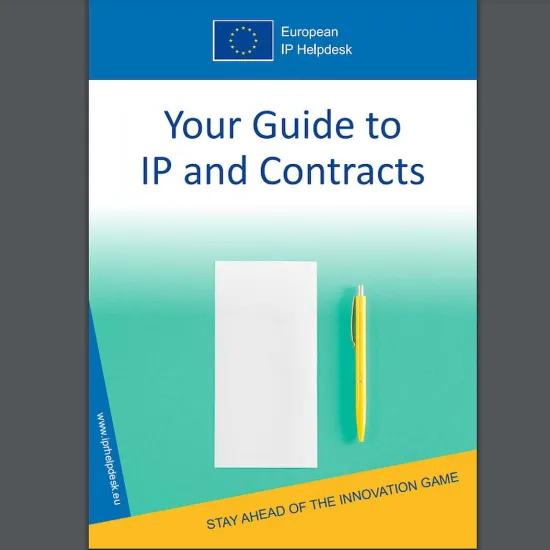Patent Search Reports issued by the European Patent Office (EPO) provide valuable insights both for the patent assignees as well as for their competitors, in particular regarding the grant procedure chances of success.
Filing a patent is an essential step in protecting an invention towards its industrial and commercial exploitation. The protection may last up to 20 years and covers designated territories which are usually the countries where the inventor(s) or the company - called 'assignees' - aim at commercialising or producing the product related to its invention.
Patentability
There are numerous strategies for filing a patent, starting from a national patent office to going directly to the European Patent Office, targeting a national, European or worldwide scale protection.
In all cases and in order to be granted, beyond the national provisional grant, the invention must fulfil three criteria:
- Novelty
- Inventiveness
- Industrial application
In Europe, the grant procedure and the determination about these criteria fulfilment are supported by Search Reports issued and published by the European Patent Office. Those reports contain essential information regarding the patentability of an invention, through (i) the identification of most relevant prior-art documents related to the application and (ii) the examination of the filed claims with regards to those documents. Additionally, a classification code is assigned to the invention.
The cited documents are linked to the relevant claims and a category code, called 'kind code', is attributed. This code qualifies the link between the document and the claims. On the basis of those codes, claims are deemed to be novel and/or inventive or not.
It is worth noting that, even with rather negative categorization of several claims, the search report remain an opportunity for the assignee to amend the patent (description, claims, drawings) towards a potential grant.
Besides, these reports are also a chance for the competitors to have a better overview of which elements of the invention are liable to be legally protected in the near future.






